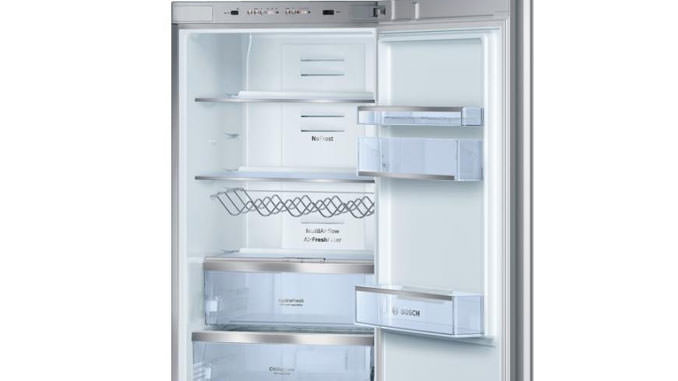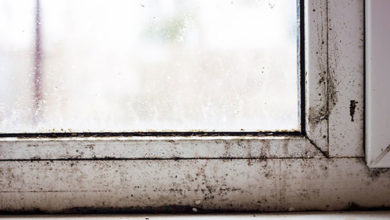
How to clean a basement after a flood
After a severe storm, it is not uncommon to find the cellar completely submerged by water, especially if you live in areas where there are rivers, streams, or any other channel that could overflow.
During a flood, taking immediate action is vital, both to limit structural damage to the building, but above all, to avoid the formation and growth of mold, potentially dangerous if inhaled by children or allergic people. Here’s how to clean a cellar effectively and with all the right precautions after a flood.
Before starting the cleaning work, wear suitable protective clothing: non-slip rubber boots, as there may be wastewater or water containing pollutants, gloves, and a disposable mask, to prevent you from breathing spores that are harming your health.
Remove as much water as possible using a hydraulic or submersible pump, particularly suitable for sucking up large quantities of liquids in a short time. If the water level is particularly high, lower the pump with a rope and place it at the lowest point in the basement. Alternatively, if you do not have such a tool, bring a bucket and a rope, and draw the water a little at a time.
When finished, move all furniture, carpets, and tools to a dry or covered place to facilitate the cleaning work and try to dry and recover less damaged objects. Once the area has been cleared, alluvial mud and debris deposited in the cellar must be removed using a shovel, remove as much sludge as possible, paying attention to any sharp or dangerous objects.
After completing the step described above, wash the floor a second time, but in this case, clean the affected area with a solution of warm water and bleach (about 1 cup of bleach for each liter of water). Use a rag to clean hard-to-reach or filthy areas. In this way, you will permanently eliminate mold or toxic spores.
Be careful when using chemicals. Make sure you have a constant air exchange, but above all, remember not to mix bleach with ammonia or other acid-containing detergents (e.g., descalers), as you could create harmful and potentially deadly fumes.




